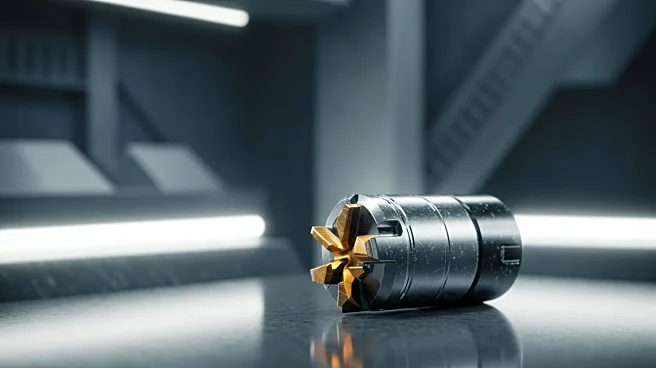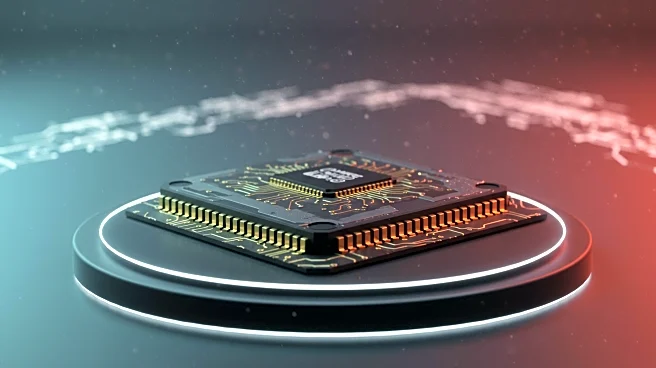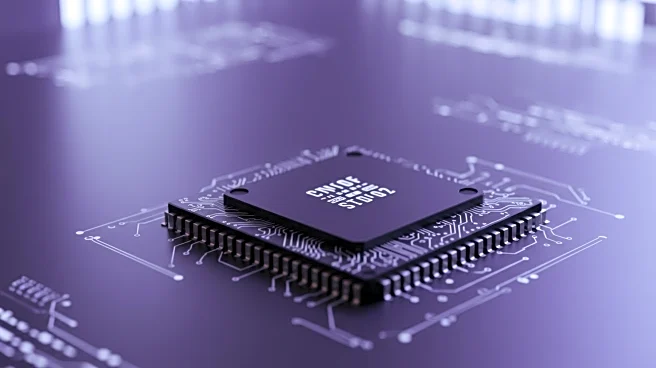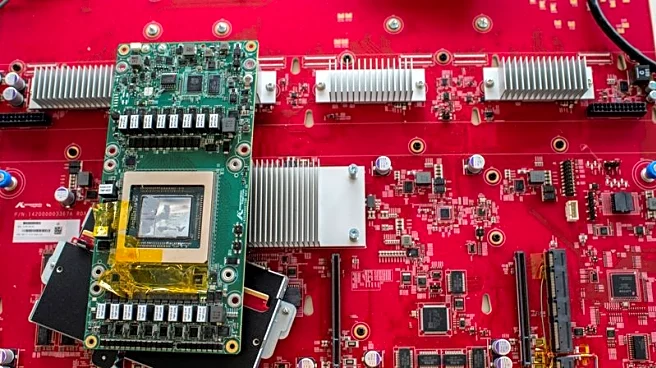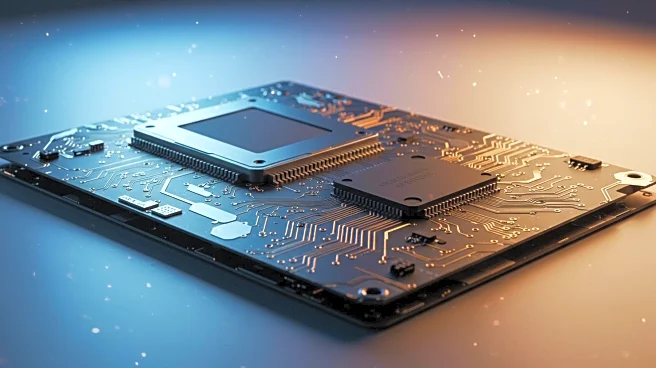What is the story about?
What's Happening?
The Trump administration is exploring the possibility of reallocating $2 billion from the CHIPS Act to support critical minerals projects. This initiative aims to reduce U.S. dependence on China for essential minerals used in electronics and defense. President Trump has criticized the CHIPS Act and is seeking to redirect funds initially intended for semiconductor research and chip factory construction. The administration's plan could benefit mining companies and those involved in processing and recycling, as most critical minerals are not processed domestically. Commerce Secretary Howard Lutnick is expected to play a significant role in this sector, with discussions ongoing and subject to change.
Why It's Important?
The reallocation of CHIPS Act funds to critical minerals projects is significant for U.S. national security and economic independence. By investing in domestic mining and processing capabilities, the U.S. can reduce its reliance on foreign sources for minerals crucial to the semiconductor industry and defense applications. This move could bolster the domestic supply chain, enhance technological innovation, and create jobs in the mining sector. Additionally, it reflects the administration's strategic focus on strengthening U.S. critical minerals production, which is vital for maintaining competitiveness in global markets and ensuring the security of supply chains.
What's Next?
The Trump administration is expected to continue discussions on the reallocation of funds, with potential impacts on mining companies and related industries. Commerce Secretary Howard Lutnick will likely oversee funding decisions, coordinating efforts with the Pentagon and other agencies. The administration may also consider taking equity stakes in companies like Intel in exchange for cash grants. Further developments could include legislative actions to support these initiatives, as well as potential partnerships with private sector entities to advance critical minerals projects.
AI Generated Content
Do you find this article useful?
